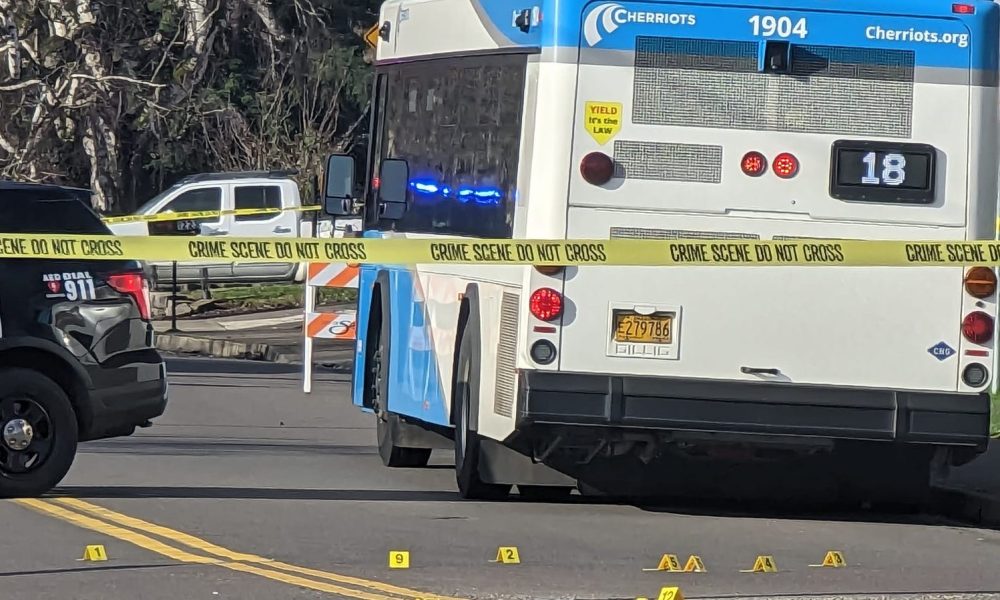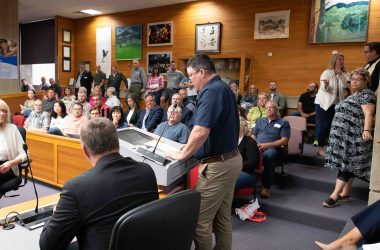Gun violence in Salem has doubled in the past five years, according to a newly released report, confirming growing community worries that the city has become increasingly unsafe.
Teenagers are at the heart of the trend, with the number arrested for serious assaults tripling in the past three years.
The findings, released by the city of Salem Wednesday, apply statistical analysis to what has become a way of life in some parts of the city.
A McKay High School student is gunned down on a school night in the park next to Hoover Elementary School. The school is turf claimed by Savage Block, a gang affiliated with the Norteños.
In Salem Hospital’s emergency room, trauma surgeons get a 10-minute warning that an ambulance is bringing in a young man shot in the chest. The notice triggers a flurry of activity as medical workers prepare to intubate the patient, search for an exit wound and deliver badly needed blood.
In northeast Salem, a woman begins logging the gunshots she hears from her home on Northeast 47th Street. She counts 30 shots over six days in October.
Last year, Salem endured 20 shootings of people, four of them fatal. One in five victims and suspects were teens 17 and younger.
The new report confirms growing concerns from neighborhood associations, educators and civic leaders about the scale of violence in Salem. It identifies how one 5-mile-square area of Salem in the northeast bears the brunt of the violence.
“When fatal and non-fatal shootings are combined, the city experienced a 100 percent increase in gun violence incidents over five years (2018-2022),” according to the Salem Gun Violence Problem Analysis report.
READ IT: Gun violence analysis report
Salem’s murder rate remains well below the national average, but has consistently been double or triple Oregon’s overall rate in the past decade, and well above similarly sized Eugene.
Researchers analyzed fatal and injury shootings, not incidents where residents report shots fired into homes or cars without hitting anyone. That would exclude incidents such as last week when police got reports that there were “two groups of people arguing, then the gunfire occurred, and all fled.”
The report looks only at shootings in Salem city limits, excluding large areas of unincorporated east Salem, including the north part of Northeast Lancaster Drive and the Four Corners area where the Marion County Sheriff’s Office responds to reports of violence.
The report found at least half of shootings over the past five years involved gang members as victims, suspects or both. Researchers estimate that number could be as high as 85% based on incidents where detectives couldn’t determine gang affiliation or identify a suspect.
A small number of people drive an outsized share of violence in Salem. Researchers estimated fewer than 200 people – 0.1% of Salemites – are actively involved in gangs and at highest risk for becoming a shooter or victim of gun violence.
“The motives for these shootings are not always gang-on-gang conflicts. Instead, most shootings were precipitated by personal disputes between individuals over money, prior criminal activities, and other interpersonal conflicts,” according to the report.
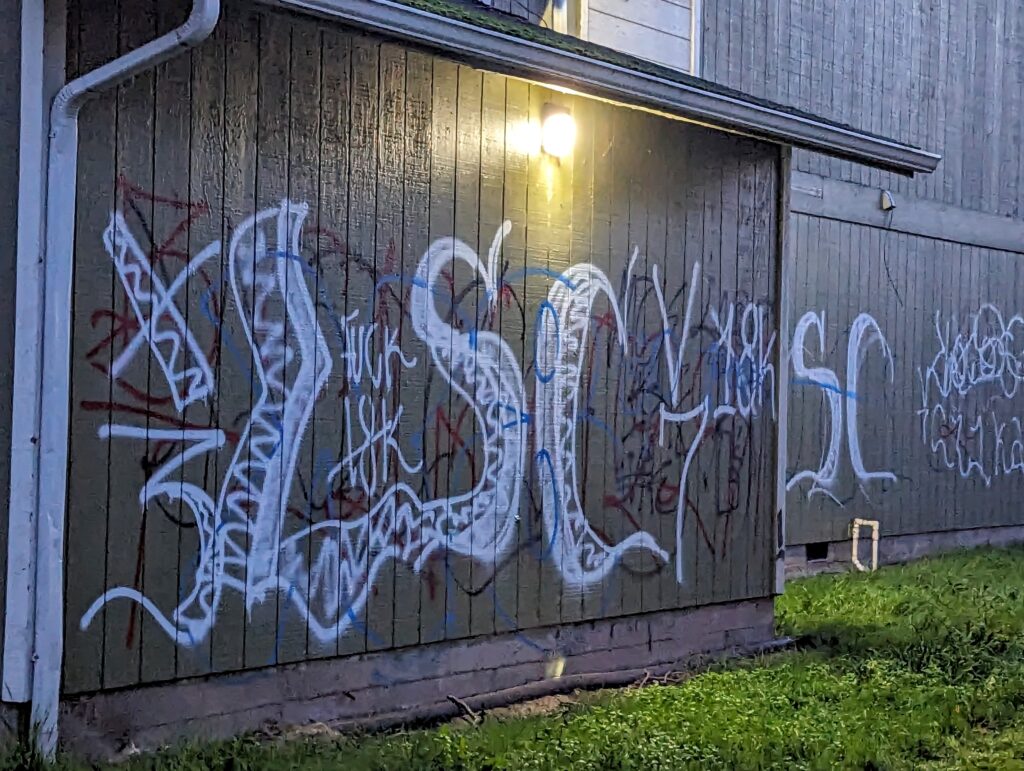
Police identified eight active gangs in Salem, local sets of the Sureños and Norteños.
The most violently active gangs in recent years have been affiliates of the Sureños. But members of both Sureño and Norteño gangs were more often shooters than they were victims.
The rival groups originated in California prisons based on the southern or northern regions they hailed from. They have since developed a smaller presence elsewhere as members have moved all over the country.
Violence aside, the report said, “gangs are primarily engaged in narcotics and weapons trafficking, and members also generate criminal profit through thefts, carjackings,and marijuana crimes.”
Salem gangs have ties and conflicts to groups in both Portland and California, which the researchers tied to several homicides and shootings involving victims and suspects from those areas.
The Salem Police Department disbanded its Gang Enforcement Team in 2019. City and county officials recently told the researchers the loss of the team made it difficult to develop and share accurate information about Salem gangs.
The researchers also consulted law enforcement and school officials, who noted that “adult offenders were taking advantage of young people who were significantly less likely to receive harsh penalties for thefts or firearm offenses,” according to the report.
School closures during the Covid pandemic contributed to the violence, the report said, as “young people lacked the engagement, supervision, and mentorship otherwise provided in the school environment.”
Sharing information about teenage gang involvement between law enforcement and schools has become more difficult since the Salem-Keizer School District removed school resource officers from district high schools in 2021, the report said.
The report puts an unprecedented spotlight on the rapidly growing number of teenage shooters and victims in Salem, which have at least doubled in the past two years.
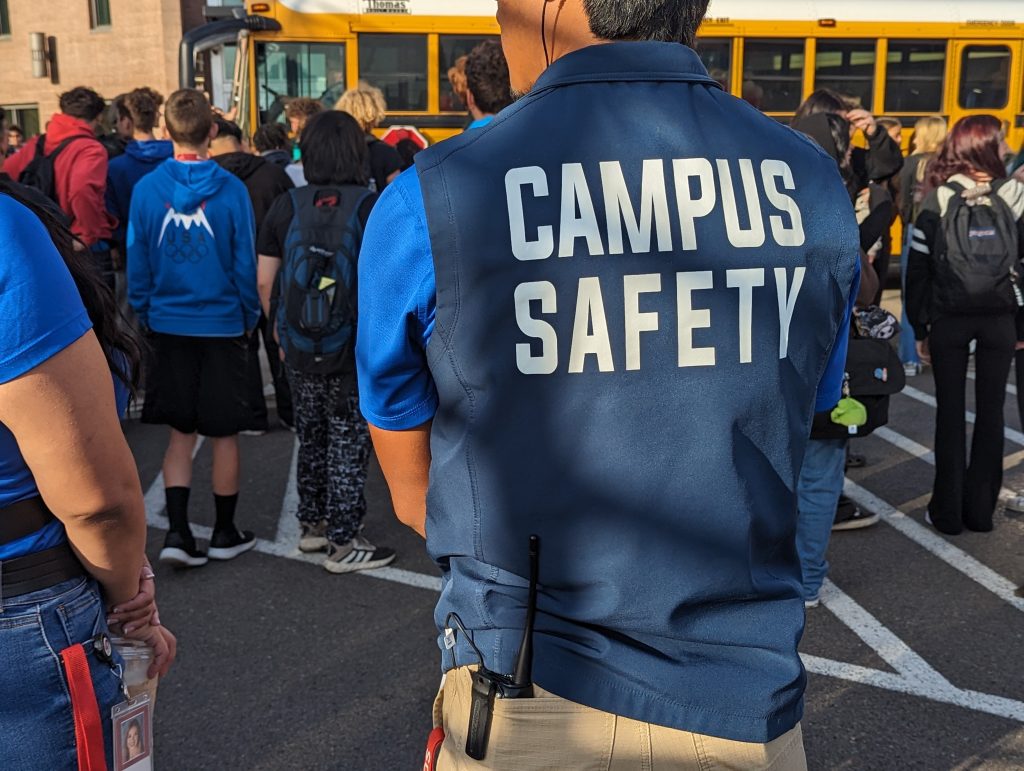
Teenagers made up about 5-10% of victims and suspects of gun violence between 2018 and 2021, the data showed. That number has since jumped to well over 20%.
Most victims and suspects of gun violence are between ages 18 and 34. But the study found teenagers made up a larger portion of suspects than victims, about 18% compared with 10%.
“This percentage of juvenile involvement is slightly higher than observed in other cities conducting violence analyses,” according to the report.
The study found that between 2021 and 2023, the share of teenagers arrested for aggravated assaults tripled from the previous three years.
The startling detail in the report comes as Salem police have announced shootings with little context in recent years.
The Salem City Council, Marion County Board of Commissioners and Salem-Keizer School District leaders are scheduled to meet in a rare joint session Monday, Nov. 20, to face the report’s sobering findings.
They will consider recommendations from researchers on what it will take to damp down the violence.
To stem the violence, researchers say police and city officials need to work with schools and community organizations to identify and reach out to at-risk youth before they become involved in violence.
They need strategies to intervene in the lives of gang members who are at high risk for both being shot and becoming shooters.
And police should focus patrols and law enforcement in the areas of the city where most shootings take place.
Such steps will take time and money – ideas that come as both the city and the school district are already facing severe budget crises.
The local leaders will be confronting a community challenge that is increasingly disrupting lives, from daylight shootings in downtown to street murders that leave grieving families and intensify conflicts among gangs.
While a small number of people are behind Salem’s shootings, the effects of their actions ripple into schools, hospitals and homes.
Valerie Brooks was devastated to leave her job as a language arts teacher at Stephens Middle School.
But her breaking point came in November 2021, when two eighth graders got into a dispute. One brought a knife to the northeast Salem school. The other brought a loaded gun.
After five years at the Salem-Keizer School District, the incident prompted Brooks to transfer to Woodburn a month later.
“We had a kid armed with ammunition in a building that could have killed any number of people, or at least wounded them, and that has changed my life,” she said.
The school never went into lockdown. Brooks said teachers weren’t notified until hours after the student with a gun was arrested while the teen with a knife was allowed to stay on campus.
“That has been tattooed across my brain, and now I don’t trust anybody really,” she said.
David Lindley, chair of the Hayesville-Jan Ree Neighborhood Association, said his community has been frustrated by years of inaction as bullets have flown within earshot. The neighborhood is just outside city limits.
One of his neighbors wrote a log of gunshots she heard between Oct. 2-22, followed by loud booms, tires screeching or additional shots only minutes later.
The area’s gun violence comes with a backdrop of spray-painted taunts by rival gangs tagging over each other’s graffiti.
“We don’t want it to become normal,” Lindley said of the frequent shootings.
At Salem Health, Dr. Elizabeth Windell is adept at repairing the damage bullets do to the body.
She’s the hospital’s trauma medical director, overseeing the team that on average once per week cares for a patient – usually a young man – shot by someone else.
Salem Hospital treated 32 people shot in assaults during the first eight months of 2023 – more than the 28 they cared for last year, and on track to surpass 40 in 2020, according to data the hospital provided to Salem Reporter.
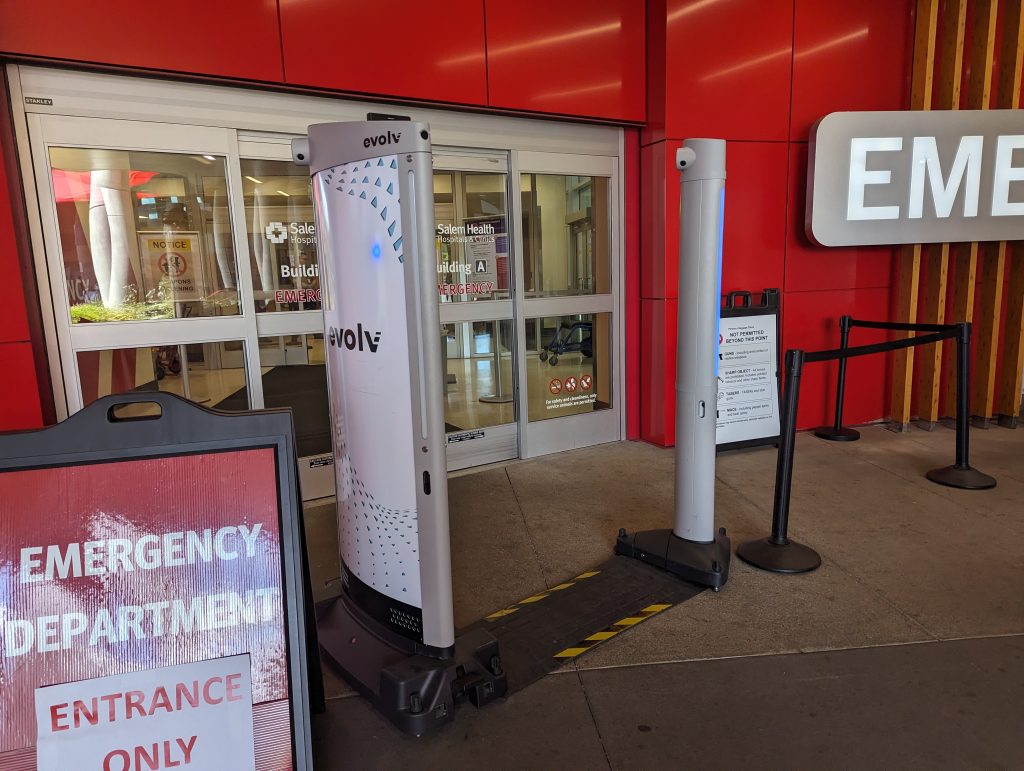
Windell said whether someone survives a shooting depends on many factors: whether they were shot at close range, the type of bullet, the bullet’s trajectory through the body and how quickly they get to the hospital.
If a victim is bleeding severely and loses a pulse, doctors have about a 15-minute window to control bleeding and bring someone back.
“Sometimes you open up and you’re like, this, I can’t fix this,” she said. She recalled one man several years ago shot in the heart. They opened his chest and quickly realized he wasn’t going to make it.
“The entire bottom of his heart was actually obliterated from the bullet fragment,” she said.
Jacob Burke, a deputy chief with the Salem police, said the department has dealt with a number of high-profile shootings in the past two years in addition to steadily rising violent crime over 15 years. That prompted police leaders to seek a deeper analysis.
“Every time one of those incidents happen, then we get questions from the public,” Burke said. “What’s going on behind the scenes? What’s creating the violent crime? So, I think as a whole, our officers do a good job in response to violent crime. But I think also strategically in the department, we’re trying to be smarter and more efficient about the way we deploy our resources.”
Salem police officials acted earlier this year to sort out what was happening in their community.
Short of staff to analyze the data, they hired experts to do that work.
The police agency brought in Dr. Lisa Barao, an assistant professor of criminal justice at Westfield State University in Massachusetts, and Christopher Mastroianni, a special operations group sergeant at the Hartford Police Department in Connecticut.
Both researchers serve leading roles in law enforcement programs dedicated to reducing gun violence, according to their contract with the city of Salem to conduct the study. Salem police paid $15,000 for the work.
The agreement called for a review of data from 2019 to 2022 showing homicides and nonfatal injury shootings in Salem compared with long-term trends, demographics of shooters and victims “with a focus on trends related to youth involvement,” and the geographical location of such incidents, including schools and parks.
Their findings come as local residents have looked for ways themselves to make Salem safer.
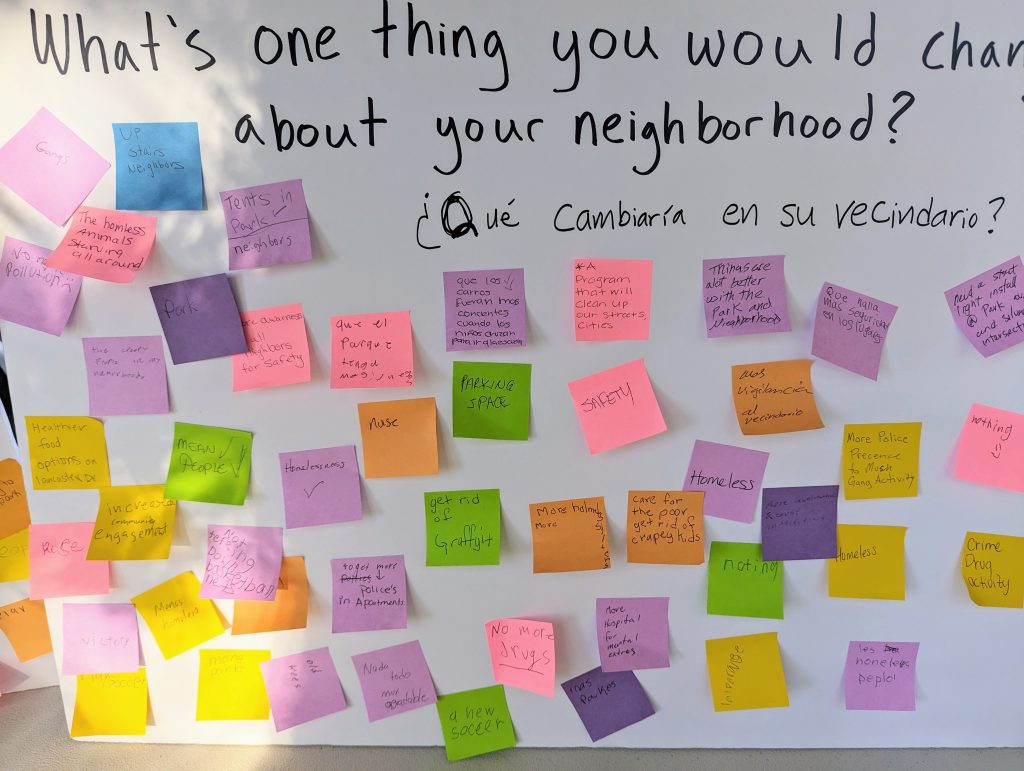
At Northgate Park, neighbors in 2021 began summer gatherings on Friday afternoons in an effort to make the park safer and more family-friendly, fighting the graffiti and drug activity many said had become all too common.
In July, Salem Reporter asked those in attendance to write something they’d like to see change in the neighborhood.
Residents, many of them school age, answered in a mix of English and Spanish, writing their hopes and dreams on brightly colored Post-It notes. Several mentioned violence in the neighborhood, alongside gangs, graffiti and drugs.
One answer from a young child stood out among the calls for change: “Get rid of the guns from kids.”
Contact reporter Ardeshir Tabrizian: [email protected] or 503-929-3053. Contact reporter Rachel Alexander: [email protected] or 503-575-1241.
SUPPORT OUR WORK – We depend on subscribers for resources to report on Salem with care and depth, fairness and accuracy. Subscribe today to get our daily newsletters and more. Click I want to subscribe!

